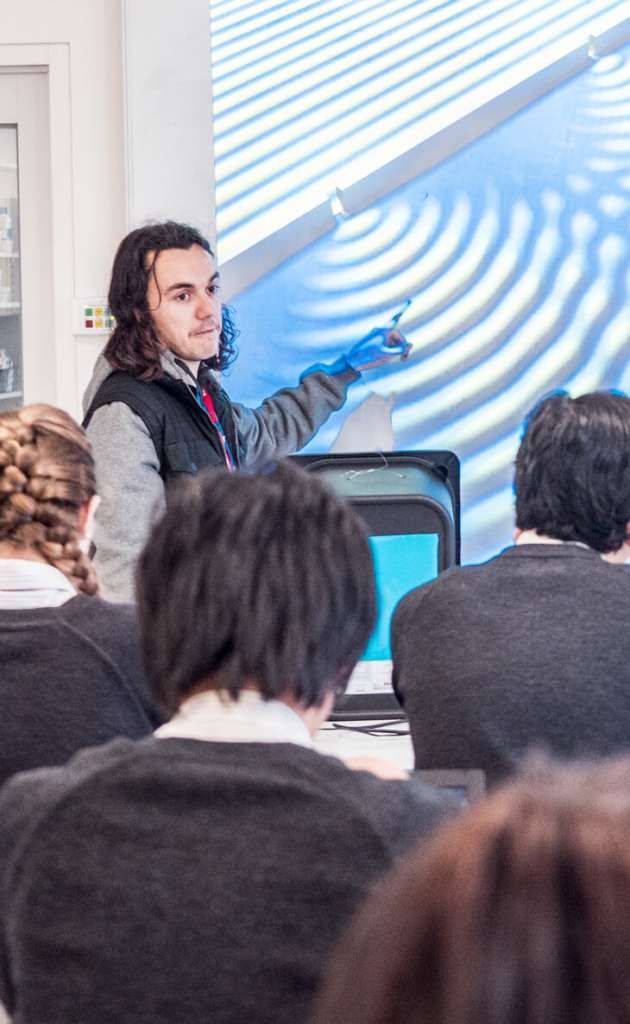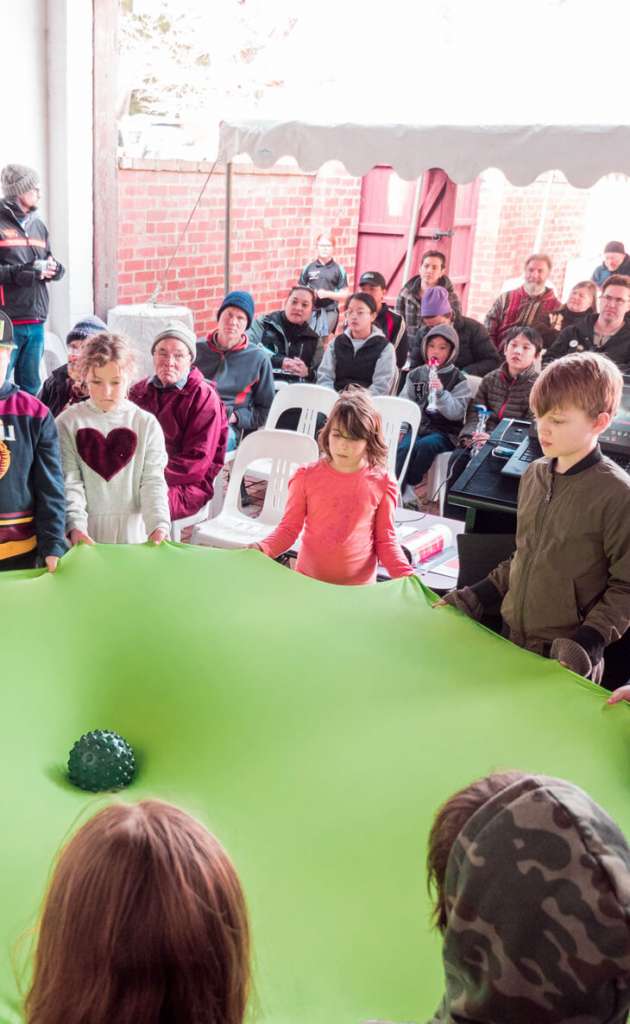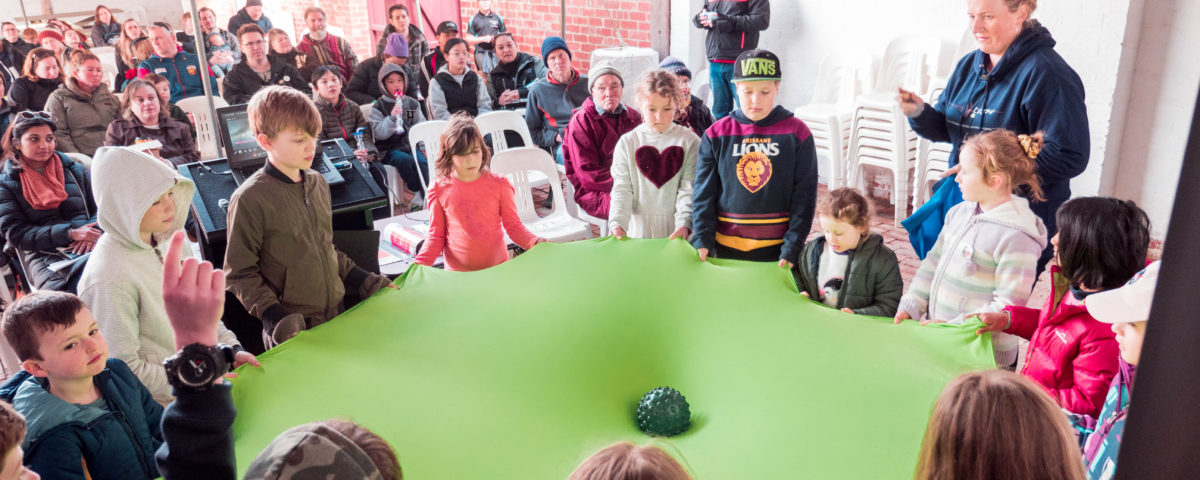OzGrav’s Einstein-First project is an education project led by physicists Prof. David Blair, Prof. Ju Li, Prof. Marjan Zadnik and Prof. Susan Scott and educationalists Prof. David Treagust, Prof. Stephen Humphry and Prof. Grady Venville from the University of Western Australia, Curtin University and Australian National University. This project has many national and international partners.

Einsteinian physics underpins the modern technologies and devices that we use and depend on today, for example, mobile phones, computers, GPS, solar power, lasers, and medical apparatus. The aim of this project is to introduce the Einsteinian physics at the very beginning of education. We believe that an education system that starts with fundamental Einsteinian concepts and uses them to develop understanding of technologies relevant to everyday life is also likely to raise standards of scientific literacy, improve gender equity and improve student attitudes to Science, Technology, Engineering and Mathematics (STEM) subjects.
The Einstein-First project uses hands-on activities and digital learning resources wherever possible. These resources involve simple, cost-effective equipment such as: Nerf guns; balloons; toy cars and balls of varying masses; a lycra sheet stretched over a frame (our spacetime simulator model); phasor wheels constructed from straws and rulers; a camera obscura made from a shoebox; upturned woks and magnets; and a slinky spring. Digital resources include existing online videos, videos filmed by the Einstein-First team, as well as virtual reality headsets and software. For more details, please visit our website www.einsteinianphysics.com
With the help of physical models and analogies, we introduce concepts like What is space? What is gravity? What is light? Our goal is to open the minds of both children and teachers to exploring these concepts from an Einsteinian perspective. We believe that
- The concepts listed above can be understood if we present them in a simple yet engaging way
- Teachers can teach these concepts with some training and by using basic, cost-effective and accessible resources.
To understand space, we focus on geometry and arithmetic with questions like What is a straight line? Once we have explored the concept of a straight line we are ready to do experimental geometry on different surfaces like flat and curved surfaces (on balloons or woks). Through simple experiments (using a lycra sheet stretched on a frame or upturned woks) students discover that the laws of geometry depend on the shape of the surface and we can figure out the shape of space by doing some geometry on our models of space. Primary and secondary school students enjoy learning that the standard formulae of geometry are only approximations because in reality space is curved, not flat as taught in schools.
To understand light, we first introduce students to the concepts of photons, which are light particles. We use a popular children’s toy, the Nerf gun, to understand the particle nature of light, which leads on to explaining various concepts such as the photoelectric effect, Heisenberg’s uncertainty principle and many more. We have also developed several role-plays in which scientists through the ages present their ideas. These have been trialled successfully with students ranging in age from 8 to 15 years and the role-play scripts are available on our website.
So far, we have trialled our programs with different year groups ranging from Year 3 to Year 11. Our research results show that students are aware that they learn ‘old stuff’ at school and accept Einsteinian concepts with ease. In our programs we found that girls improve more than boys. We have also received positive responses from parents of participating students, as well as from teachers who have attended our workshops.
Recently, this project was awarded a large competitive grant by the Australian Research Council and now aims to trial and evaluate a seamless progression of learning modern physics through primary and secondary school (Years 3 to 10) over five years. Research-informed teaching and learning materials and assessment instruments will be trialled in partner schools by teachers who have been trained by the project team.



